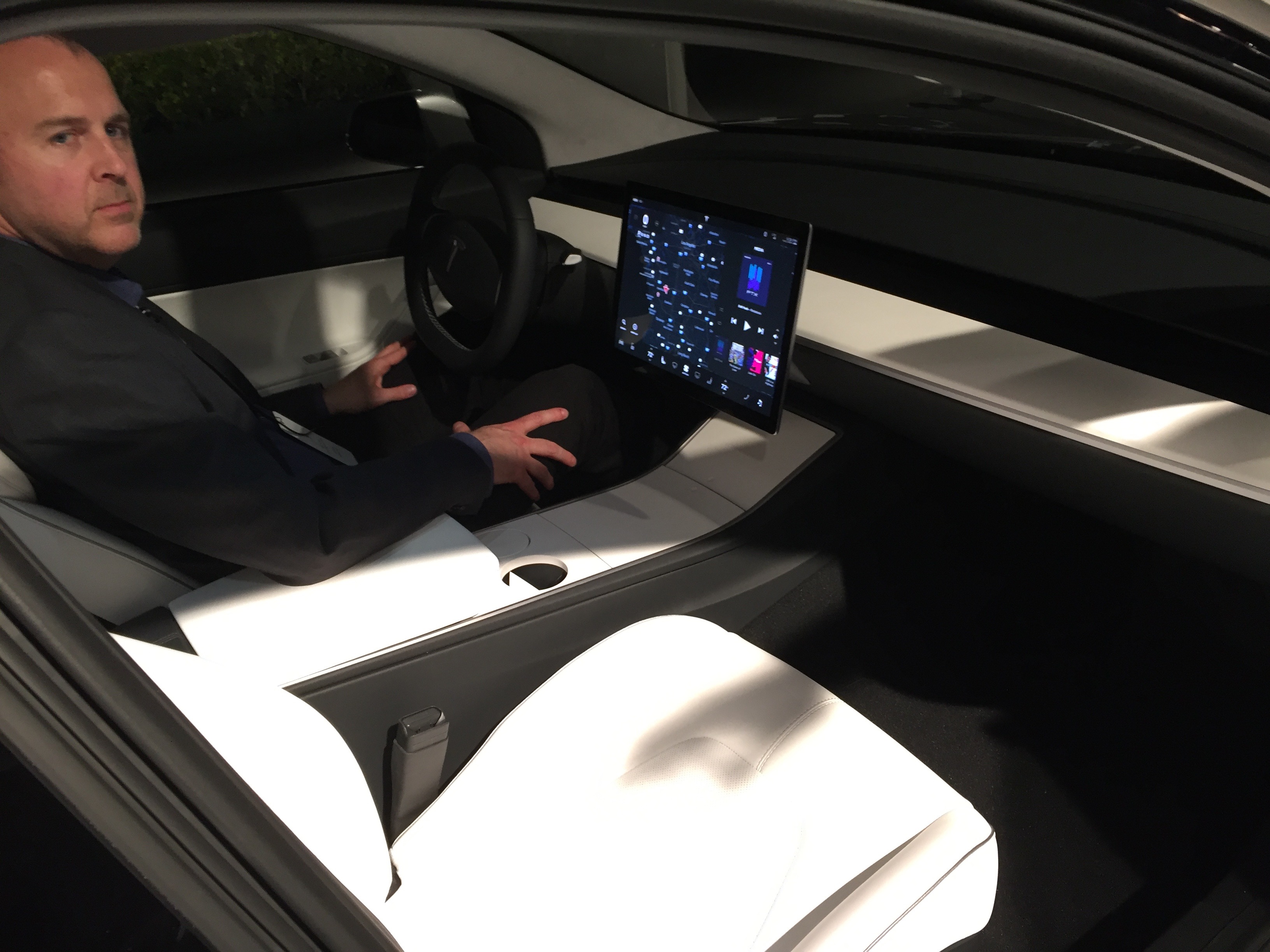Electrek's comment on the range cited above is specifically for dual motors over single motor, so not implying P. And per Musk's tweets, the AWD range is unchanged both with and without P. Surprisingly.
It is quite possible that the single motor M3 is optimized for range. Motortrend lists the single motor reduction ratio as 1:9,
Tesla Model 3: 2018 Motor Trend Car of the Year Finalist - Motor Trend .
Now, with Musk's statement "One is optimized for power & one for range" the two motors in the 3 cannot be configured identically.
The Semi uses M3 (-like) motors configured with two (very) different reduction gear ratios (1:15 vs 1:23). So Musk's statement sounds a lot like the 3 will also have different reduction ratios on the front and the back. (Feel free to mention how this difference in the 3's motor configuration can be achieved with something else than with the reduction ratios.)
I am then surprised that such a configuration would not allow for longer range compared to the single motor configuration, also when that has a reduction ratio optimized for range. Basically, having two well-chosen gears should always allow for more economic driving that a single (well-chosen) gear.
I guess getting the reduction ratios for the AWD M3 front and rear motors would help.
Also, what about AWD regenerative braking power?
In principle, the AWD regenerative braking power can be twice as high as the single motor one. The AWD could exploit this to gain extra range over the single motor on routes where significant braking is needed.
In a single motor Model S I saw regenerative braking at up to a bit over 60 kW, so about half the supercharging power.
Dual motor braking should be able to double that without stressing the battery and without needing more road vs tire friction, leading to longer AWD range on a route where the single motor variant would need to engage the traditional brakes, e.g. during a steep descent.




